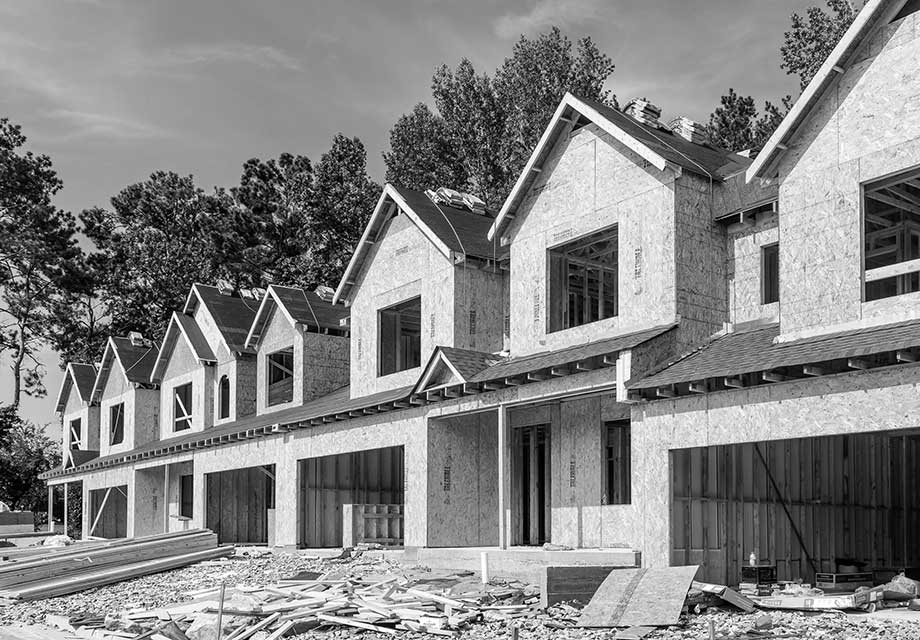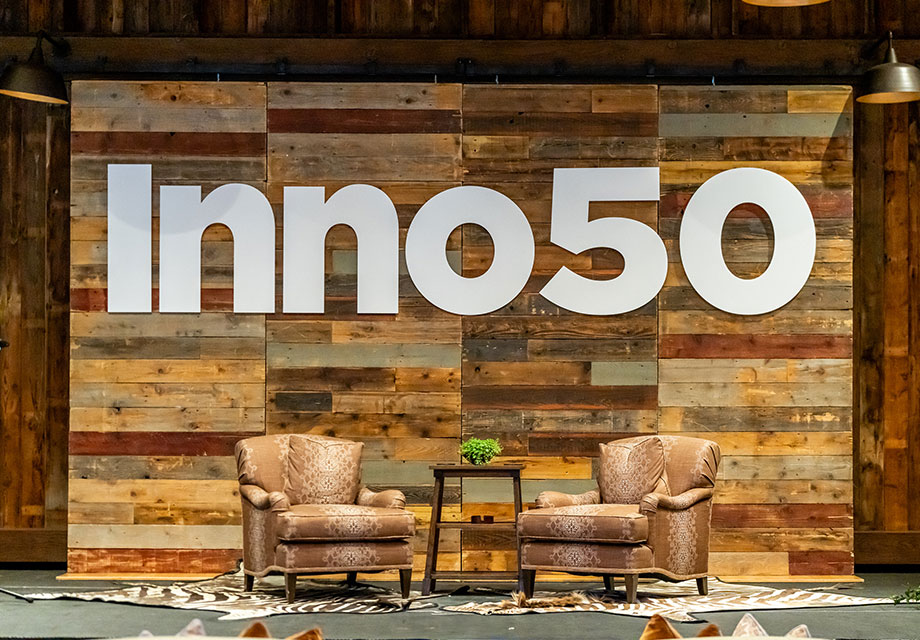PropTech is changing how people find, buy, and live in new homes


The new home customer experience is broken. Not just one part of it, but end-to-end.
It’s complicated to explore, the marketing is impersonal, the buying experience is incredibly long and complex, and the actual living experience doesn’t differ dramatically from any other neighborhood. Proptech is changing how people find, buy, and live in new homes.
Proptech is dramatically changing that customer experience. It’s unifying and simplifying the discovery process. Enabling far more effective and targeted marketing. Streamlining the buying process. Creating a “magic” living experience. Human-centered thinking combined with new digital technology is enabling a radically different experience that’s better for customers and for developers and production home builders.

4 ways PropTech is changing how people find, buy, and live in new homes

1. Discovery
Zillow’s breakthrough wasn’t technical, it was the insight that people wanted to direct their own home search. Get rid of artificial barriers and democratize the information. Allow people to spend the time and come informed.
Builders and developers spend huge amounts of money branding and building beautiful websites, but new homes and communities are still about as opaque as it gets, and there’s latent demand that’s being lost because people are frustrated with how difficult it is to find information.
The future is oriented around the consumer, not around builder or developer. Give the customers simple ways to find communities that meet their needs, understand (at a lot level) what is available, and customize in real time. New homes and communities are perfect oriented for the home buyer of the future. Make it easy to find.

2. Marketing
Digital marketing has progressed pretty far from repetitive bulk emails inviting customers to general events. The retail industry manages millions of unique customers every year, engaging at thousands of different locations (online and in real life), and somehow manages to personalize email messages based on a powerful, near complete picture of that person’s likes, dislikes, and behaviors.
The new home industry manages far fewer customers coming in through far fewer touchpoints, and still doesn’t bother to do any of what retail does. How does 80 emails in 6 months from a community you visited one time sound? Or receiving three different names on the same postcard because the sales associates couldn’t read your handwriting?
It’s impersonal and a massive turnoff for the customer. The future is treating prospects like the valuable customers they could (and will) be, right at the beginning. And doing that cost-effectively by using technologies that already exist and making deliberate changes in how, when, where, and what data is collected.

3. Buying
The process of buying a new home is, by necessity, a long one. Rome (i.e. a new house) wasn’t built in a day. But that doesn’t mean it should be intimidating, complex, and uncomfortable. Ironically, some builders have already recognized this and built digital tech that allows customers to see where they are in the actual construction process. But nothing similar exists for the actual buying process.
Do customers know what an architectural review is? Do they understand why they pay a lot premium? When does the actual design process take place – and why do you need to choose everything in a day? Why does a customer need to talk to 15+ different people (don’t worry, we counted), and why isn’t at least one of those people consistent through the process?
The future is simpler and far more transparent. Digital roadmaps to guide customers through what is going to happen when, what questions to ask, and what to expect. “Concierge” services that give buyers an advocate throughout the process. And digital customization that allows customers more time and visibility into the choices they are making for their home.

4. Living
Building the house is only the beginning. People live in and spend money in those communities for many years – they see their families and lives develop along with the next “town square,” set of amenities, and commercial developments.
So customers are massively invested in the experience of living. And developers and home builders should be too. Too often there’s a disconnect.






































